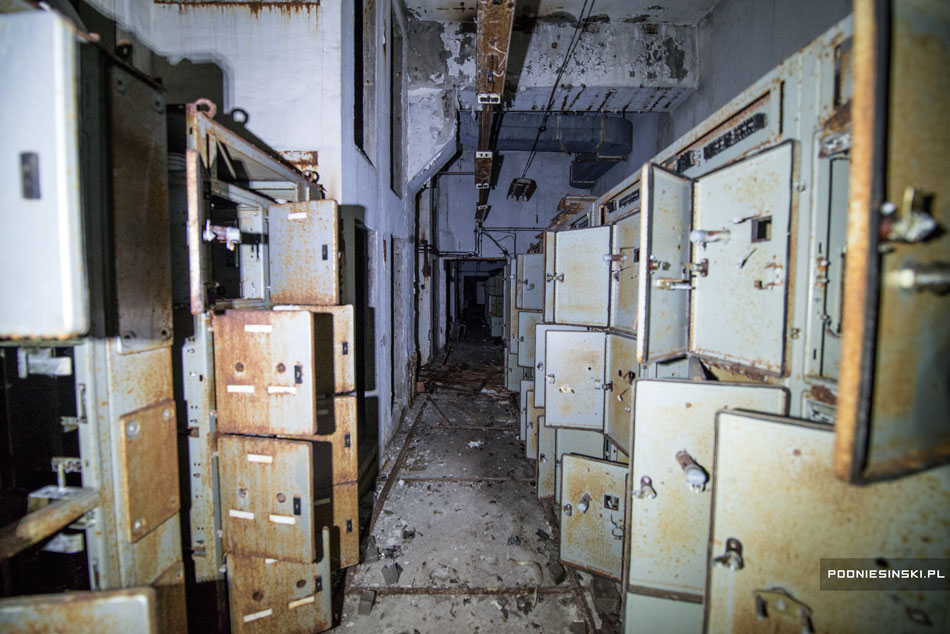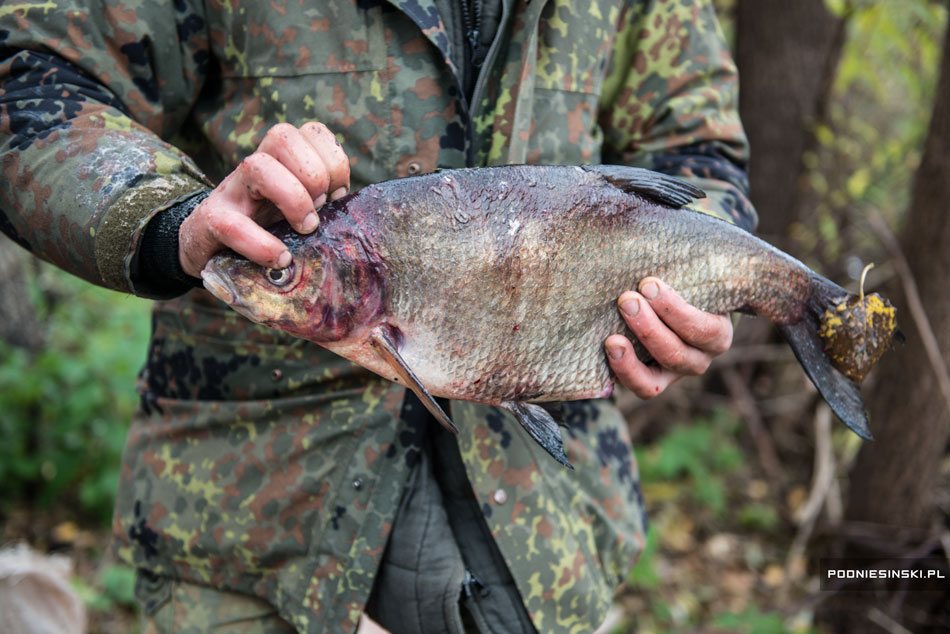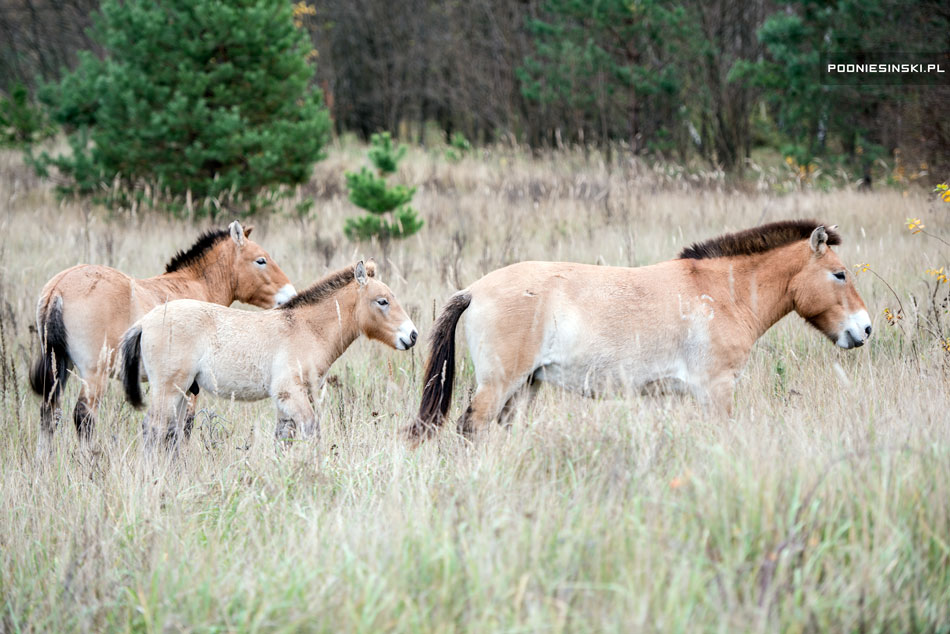The autumn photo essay from the zone will not be as exciting as the previous one. There will not be any searches for radioactive material. There also won’t be dangerous climbs. The film is finished, so I’ve come back to the beginning. To photography. Over the last two years, I’ve dealt with filming, so now I’ve come back, but only with a camera in my hand. I’m looking at the place from a completely different perspective. I focus on the details that, during the filming, I had little time to watch. I record on a digital camera places that will soon vanish. And then I try to uncover the stories hidden behind the photos. This time, let the pictures speak for themselves. And your imagination will carry you away.
27 years after the evacuation of the town, only half of the stained glass windows in Pripyat’s café remain. With each year, I see even fewer of them. I feel sorrow and sadness when I see how they are allowed to deteriorate. They could have been a valuable exhibit in the Chernobyl museum, a symbol of the artistic spirit of Pripyat or simply an expression of the remarkable decorative techniques of the deserted town. For a long time, I was waiting for the moment when the full glare of the sun would make it possible to photograph them in order to extract from them the sparkle and shine of the sun shining through the intricately-made stained glass. To give them a little life. The cloudy weather, the poor time of day, lack of sun and even the leaves on the trees – something always was an obstacle. This time, luck was with me. The stained glass window is enchanting with colour saturating the light streaming through the glass. From a distance, the glass – cut into a thousand thin, elongated shards – reminds me of a tapestry. For some time, I’ve also tried to find information about the author of these fantastic windows. Naturally, the trail led to Ivan Litovchenko, who created all of the mosaics in Pripyat, including the magnificent 'Music’, which can be found on the exterior façade of the music school. Awarded the honorary title of Meritorious Artist of Ukraine, Litovchenko worked in Pripyat almost until the disaster. Unfortunately, he and his wife died in 1996, which makes it difficult to confirm my suspicions or get help finding the true author. I’m looking further, and if anyone knows, please contact me.
In Pripyat, I was able to go into the unfinished block 5 in order to see the progress of the work dismantling the building. I thought that I had already seen everything there, but next to the huge reactor room, I noticed a massive, steel door leading to places where I’d never been.
In my search for new places, I also return to Chernobyl’s river port. I am going to get to the abandoned boats lying on the opposite side of the harbour. I find only one, but in one piece. This may be the last whole shipwreck, not yet cut into scrap metal.
You can get to the remaining boats only by passing by a small island lying in the middle of the bay. In order to get there, you need the help of the fishermen floating just nearby. They are probably ordinary workers for the zone who in their free time decided to catch some fish to take home. When they came to shore, I asked what they’d managed to catch. They show me two bags filled with fish. When asked if they’re not afraid that the fish might be contaminated, one of them smiles and shakes his head in the negative.
I also return to Chernobyl-2. This time, I do not focus on the large antennae and the command cenre, but on the barracks where the ordinary soldiers lived.

One volume of the 55-volume edition of the Collected Works of Lenin (several dozen other volumes lie near it).
In searching for traces of the tragedy, I more often and increasingly depart from Pripyat. I’ve reached the farthest corners of the zone. Forgotten villages, houses, farms. Undiscovered by tourists. In this way, I get to the northern border of the zone. Lying just by the Ukrainian-Belarusian border is the village of Mashevo. On the way, I stop in the village of Krasne in order to make some outstanding photos of the abandoned church.
The most interesting villages are a few dozen kilometres away from Chernobyl. Not many people have the time or desire to visit them. The majority concentrate exclusively on Pripyat. Fortunately, they don’t know that Pripyat is not the only abandoned village in the exclusion zone. Or maybe 50 km is too far away for them? Heading further and further west from Pripyat, I arrive at the town of Poliske.
In contrast to Pripyat, which was build especially for the nuclear power plant workers, the first written mention of Poliske dates from 1415 (previously named Chabno and Kaganowicze). Although the city was less contaminated than Pripyat, over 50 km away, it was not closed immediately after the disaster. On the contrary, Poliske became the main evacuation centre for the inhabitants of Pripyat.
When the disaster occurred, the town had more than 11,000 inhabitants. It had a cinema-theatre, stadium, hotel, cultural centre and sauna (banya). It was like a small Pripyat, although its size and architecture made the town more like a small Chernobyl. Only 4 years after the disaster, the first inhabitants began to leave the town. Initially, this was met with resistance by the authorities, who called the refugees fearmongers and threatened to expel them from the party. They were threatened with the so-called wolf ticket, which was to hinder refugees from getting new jobs. It was only in 1993, after the breakup of the Soviet Union that the actual levels of contamination became public, and the Ukrainian government decided on resettlements. Six years later, the city was officially deleted from the registry and became part of the Chernobyl Exclusion Zone. Today, only a few elderly people who decided not to flee the city live in Poliske.

„My sunny, native country: each path is a friend. This land is for me a PARADISE, I call this town my home!” – April 2011, P.J.I.
Although the city was closed relatively recently, it is more destroyed than Pripyat. The small, old wooden buildings did not have a chance in comparison to the new, concrete blocks in Pripyat. The unrepaired wooden roofs have quickly begun to collapse, destroyed many historic interiors. The inhabitants of Poliske also had much more time to leave the city. They did not have to flee in a hurry like the residents of Pripyat. They had time to take all their valuables with them, but also what can still be found in Pripyat – commemorative photos, books, furniture and clothing. However, it is worth spending a little time in this place. I’m here for the first time, just a few hours. Too short to even briefly explore this town. I’ll come back here again.
I did not only leave Poliske, but also the entire zone. I am hindered in doing this by Przewalski’s horses, which initially blocked the road and then allow themselves to be photographed from every angle. I haven’t devoted much space to reportage on the fauna of Chernobyl. Maybe they are giving me a sign…
P.S.
If you’re a photographer (over 25 years of age) and you want to join one of the coming trips to the zone, send a few words about yourself to arek (at) podniesinski (dot) pl.











































Hello, I just wanted to leave a few kind words for what your doing. Your work is fantastic! I just stumbled upon your site and instantly got bookmarked. If I didn’t live in the eastern part of the US and have a family, I would of already bought plane tickets to come join you. For some reason, Chernobyl has always been fascinating to me.
Keep up the awesome work!
<3
The events of Chernobyl have always caught my attention and seeing your photos has only increased my urge to fly to Europe. I unfortunately live in the US or it wouldn’t even be a question of if I would join you but rather when. I hope to one day travel to Europe and during that time period visiting Chernobyl is definitely on that list and hopefully we can explore more of this wasteland because its something that has truly always had my interest